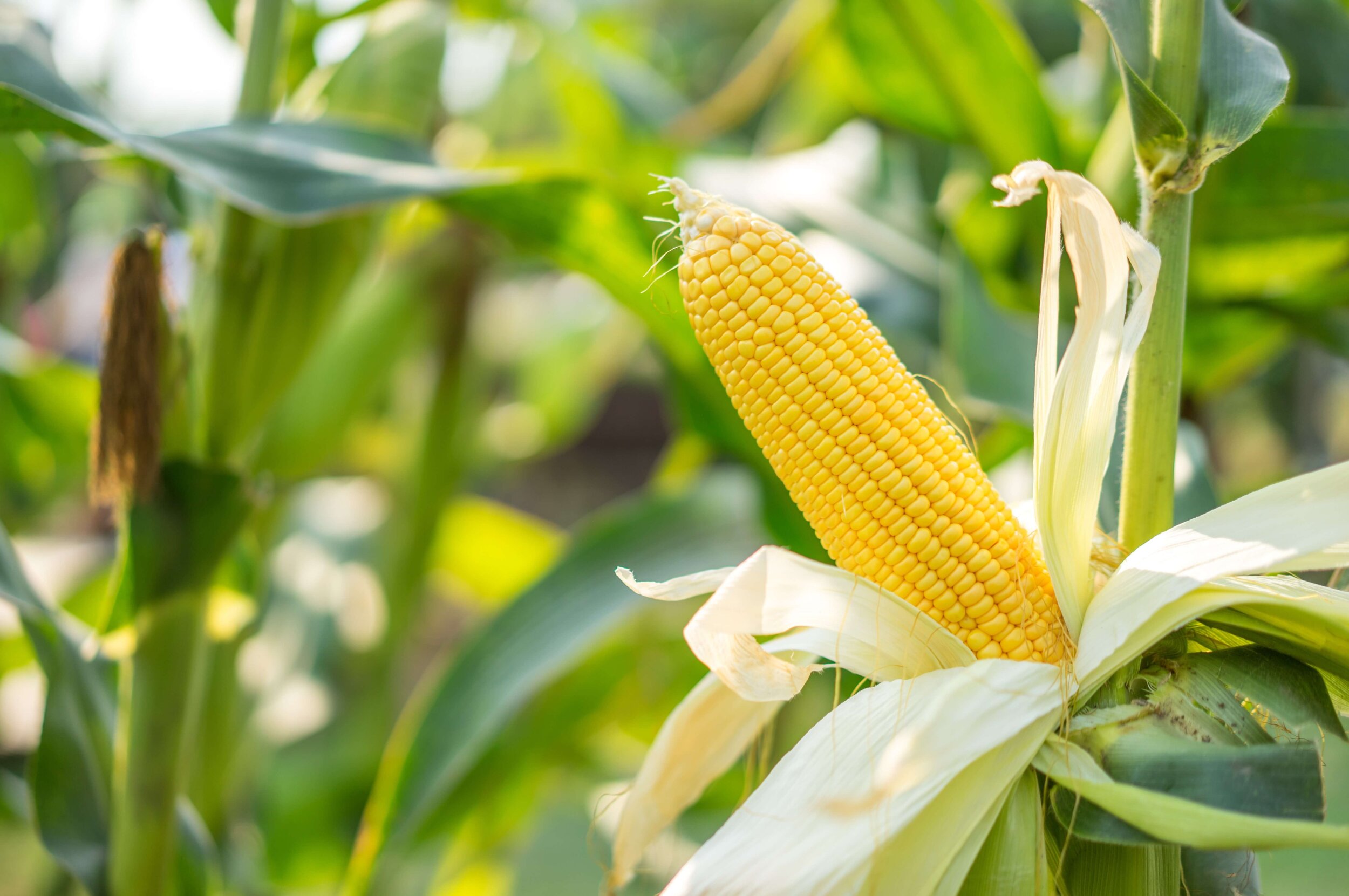Why grow maize?
Maize is an expensive seed to buy, can be tricky to time drilling right and it can be November before it is harvested. So why grow it?
Maize is a high quality, single cut, digestible forage that can be grown well in most parts of the UK, making it a widely accessible feed.
Other benefits include (but are not limited to) being very palatable, high in energy, high in starch, a great companion to grass silage, and it’s a high dry matter yielding crop.
A spring sown crop, maize can be useful in an arable rotation system, or can be grown continuously on the same site. Usually planted in April when soil temperatures are optimal, maize is ideal to go in after a cover crop. Harvested early enough, a winter cereal can follow maize, maximising the crops in the rotation and making the most of the remaining nutrients.
Coming back around to the cost... it might seem like an expensive seed, but delivering significant volumes, approx. 17.5t/dm/ha, (and potentially up to 50t/ha fresh weight) it will be worth it. Producing this high volume of forage can be a great way of increasing milk yields, and the potential to increase milk protein contents.
Incredibly versatile, there are three end uses for the crop – Forage for livestock, grain production or feed for AD plants. Ideal for clamping, maize silage will ferment well and is a great component to add to a TMR diet. Throughout its growing season, the digestibility and quality of maize remains fairly consistent, making it ideal option for feeding.
Not only is maize great for all of the above, but varietal choice can make all the difference. Bred for certain qualities, there are varieties higher in starch or higher in energy or higher in overall dry matter yield, making it incredibly flexible to suit individual requirements. As maize growing sites will vary across the UK, varieties can also be broken down into maturity of ripening. Early varieties are most suited to the marginal sites, while the later, bulk producing varieties, can be grown on the best favourable sites.

